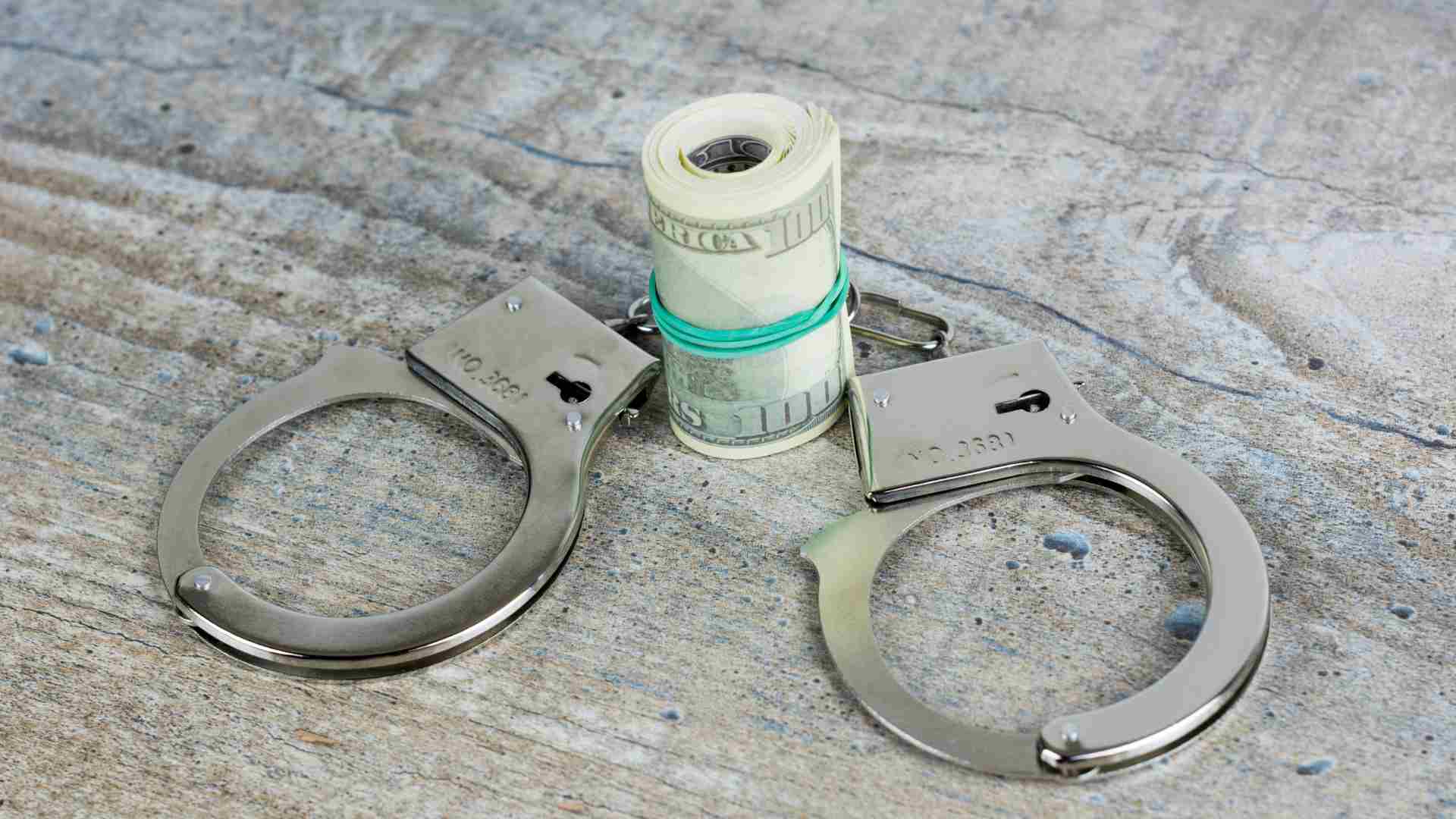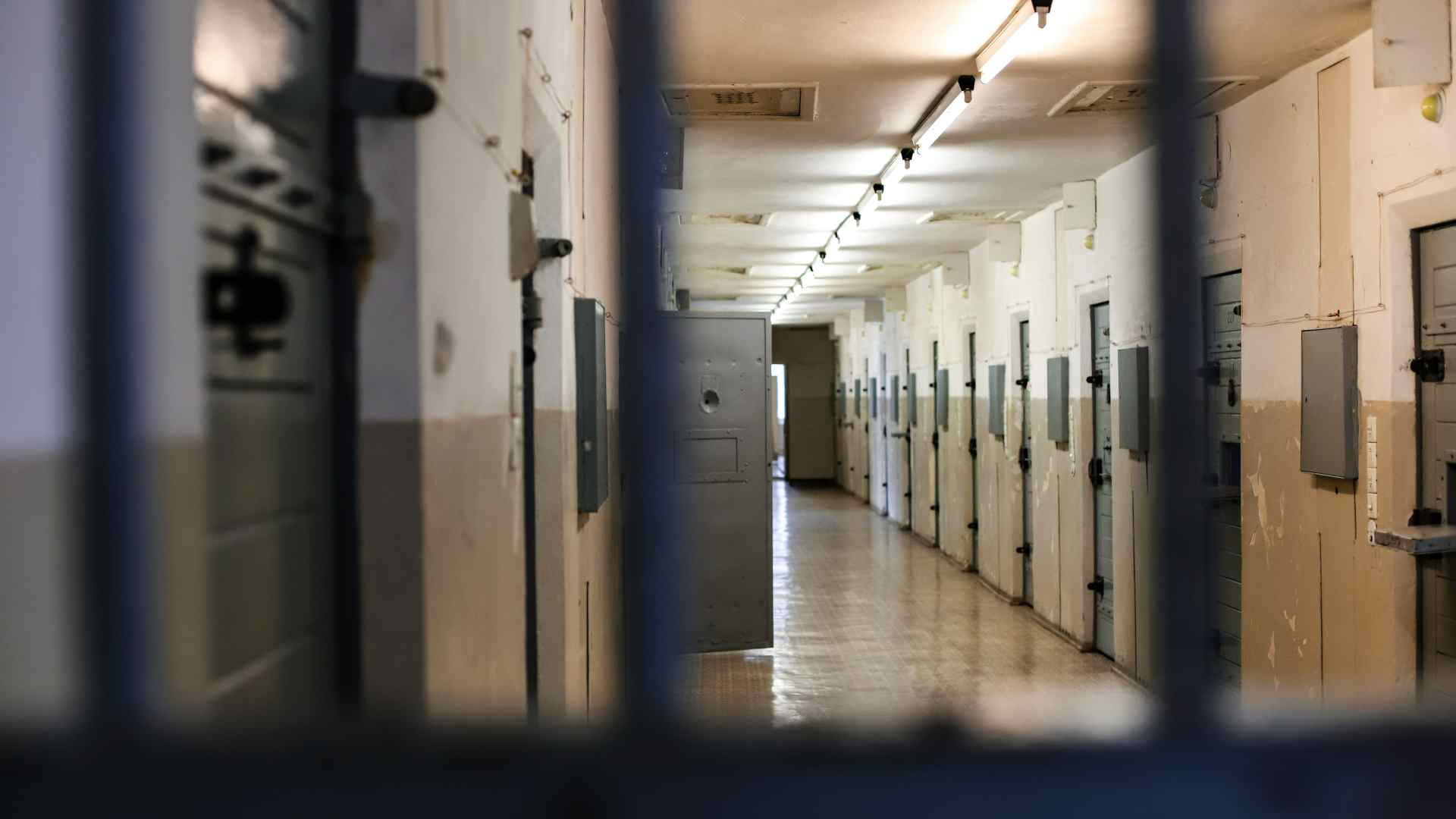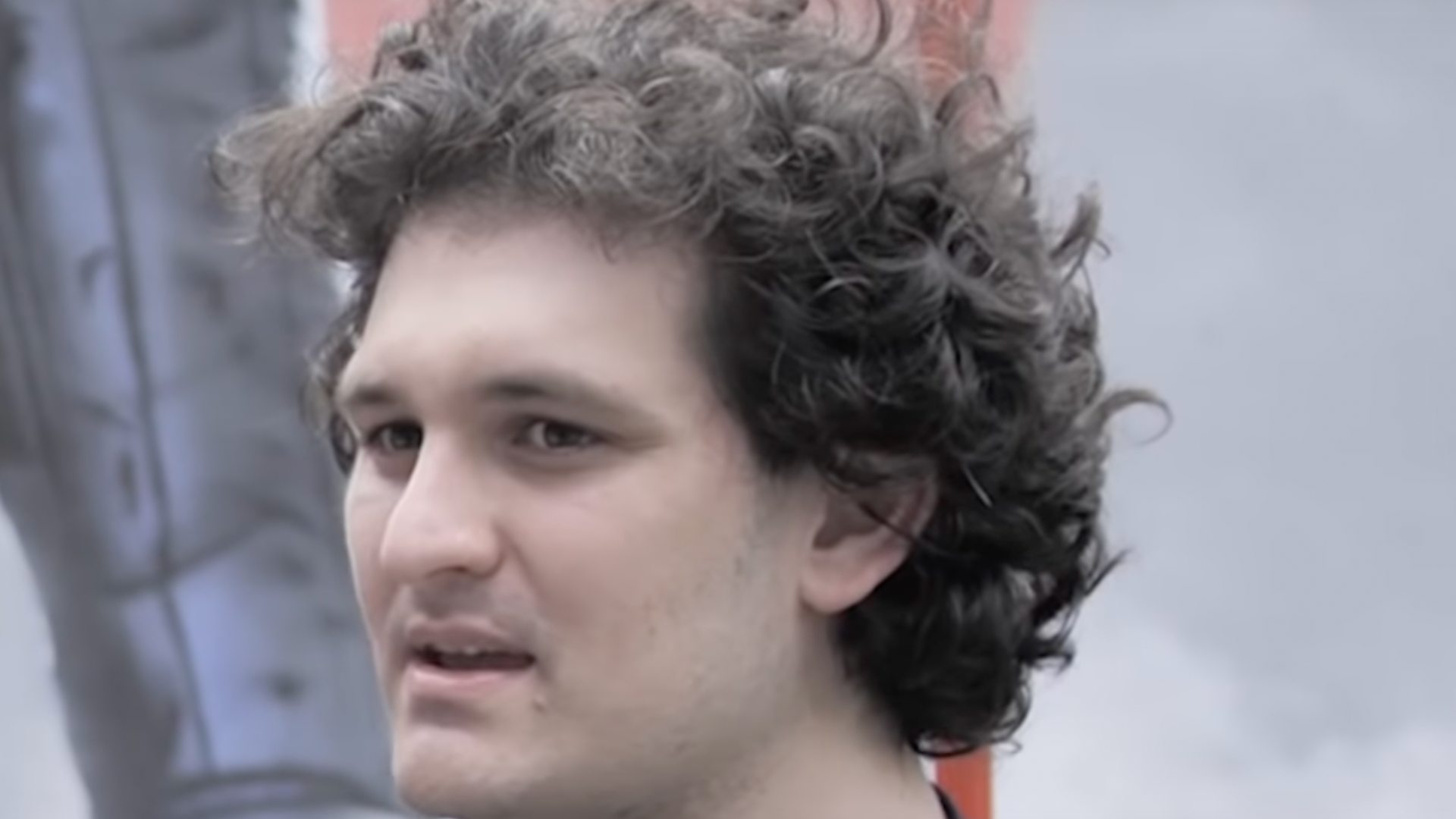Sam Bankman-Fried, the former CEO of the massive cryptocurrency exchange and hedge fund company FTX, has been sentenced to 25 years in prison for his role in a defrauding scheme that prosecutors say is one of the biggest financial frauds in US history.
As part of the sentencing, Bankman-Fried was also ordered to surrender $11 billion in funds that will go toward the victims.
Sentencing

Bankman-Fried attended a sentencing hearing Thursday where Judge Lewis Kaplan presided. As the sentence was read aloud to him, he sat with his hands folded and his eyes looking down.
Kaplan read the sentencing terms, commenting on the severity of his actions. “This was a very serious crime,” Kaplan said.
The Conviction

The former CEO was found guilty in a November trial surrounding financial fraud. He was convicted on several charges including two counts of wire fraud conspiracy, two counts of wire fraud, and one count of conspiracy to commit money laundering.
At the time, some speculated Bankman-Fried could get up to 110 years in prison total for these charges.
Young Entrepreneur

The now 32-year-old Bankman-Fried was barely 30 when he was at the top of the cryptocurrency securities world at FTX in 2022. Bankman-Fried founded FTX in 2019 along with Gary Wang. Before striking out on his own, he worked as a quantitative trader at Jane Street Capital.
The company has since gone bankrupt after being found guilty of fraud during the November 2022 trial.
What Happened?

In November 2022, the crypto exchange platform run by FTX collapsed after a news report by CoinDesk uncovered an extended affiliation with Almeda Research had been affecting the value of cryptocurrency tokens.
This caused a massive rush of customers to withdraw their investments, causing billions of dollars in market damage and pushing FTX and Alameda into bankruptcy
US Government Responds

Just a month later in December, US authorities brought to bear a slew of civil and criminal charges against Bankman-Fried and FTX top executives.
The government accused the group of misappropriating $8 billion in customer deposits and providing false financial statements to inflate cryptocurrency value. By falsifying financial records, investigators think Bankman-Fried hoped to hide price shortfalls.
Claim of Innocence

For his part, Bankman-Fried has consistently maintained his innocence throughout the trial. While he admits that customers lost money, he called the whole ordeal a mistake that was out of his control.
“I’m sorry. That’s the biggest thing. I f—– up, and should have done better,” Bankman-Fried said in an X post in November 2022. “I also should have been communicating more very recently. Transparently–my hands were tied during the duration of the possible Binance deal; I wasn’t particularly allowed to say much publicly. But of course it’s on me that we ended up there in the first place.
Not Enough

Prosecutors in the case thought that the amount of prison time Bankman-Fried received was much too low. They thought he deserved at least 40 to 50 years in prison because of the gigantic scale of the fraud discovered.
However, the judge disagreed. Determining that such a long sentence would be excessive. Another famous financial fraud case involving Bernie Madoff in 2009 saw Madoff receive 150 years in prison.
Preventing Risk

Kaplan explained his reasoning for the sentencing decision. He intended to “disable” Bankman-Fried from being able to commit fraud in the future, or at least for a long time. However, he also admits there is a risk that Bankman-Fried could try something again.
“There is a risk that this man will be in a position to do something very bad in the future and it’s not a trivial risk. It’s not a trivial risk at all,” Kaplan said.
Bankman-Fried Knew

Judge Kaplan felt convinced by the evidence that Bankman-Fried knew what was going on, despite claims to the contrary.
“Mr. Bankman-Fried knew, for a protracted period, that Alameda was spending large sums of FTX customer funds on risky investments, political contributions, Bahamas real estate and other things in circumstances in which FTX was seriously exposed to downside market deterioration, long calls and other risks,” said Kaplan.
No Remorse

The judge reamed Bankman-Fried for the lack of remorse he showed in the courtroom for the crimes that had been committed.
“I thought one of his pithier expressions was, ‘I f—– up.’ But never a word of remorse for the commission of terrible crimes.” Judge Kaplan said. “He presented himself as the good guy all in favor of the appropriate regulation of the crypto industry. In my judgment, that was an act.”
Voice for the Victims

Sunil Kavuri, a technology investor at Shomei Group, spoke before the court ahead of the sentencing hearing as a representative of the 200 victims.
“I suffered every day,” Kavuri said. “This is a continuous lie that we are all made whole [through bankruptcy payments]. Kavuri talked about victims suffering from depression and that some took their own lives. “Money I wanted to spend on a family home taken away,” Kavuri said.
